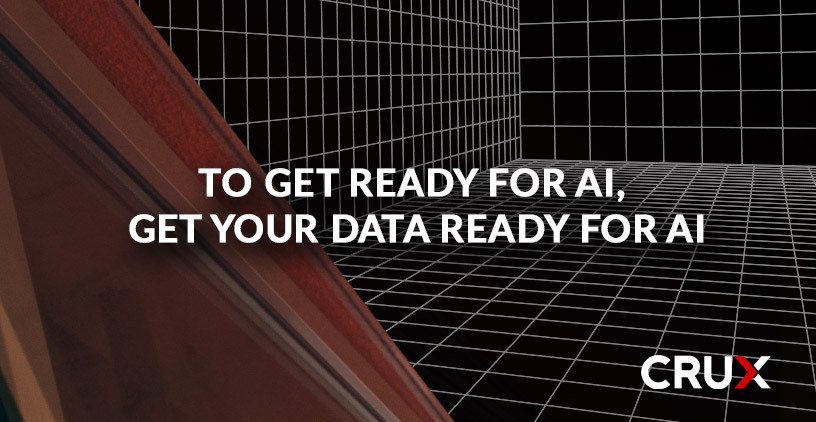What Cloud Marketplaces Do and Don’t Do
Not long ago, we observed here in our blog that the critical insights that drive business value come from data that is both (1) fast and (2) reliable.

In today's data-driven business environment, external data sources represent insights crucial in making informed decisions, identifying new opportunities, and understanding industry trends. However, onboarding this data can be a challenge. This is where adopting an agile approach can yield significant advantages.
In today's data-driven business environment, external data sources represent insights crucial in making informed decisions, identifying new opportunities, and understanding industry trends. However, onboarding this data can be a challenge. This is where adopting an agile approach can yield significant advantages.
What is Agile External Data?
Agile data onboarding is rapidly and iteratively integrating external data into a company's existing data infrastructure. The fundamental principles of the agile methodology – flexibility, adaptability, and a focus on customer needs – are applied to manage this complex process.
The Benefits of an Agile Approach to Data Onboarding:
Speed and Efficiency: Agile data onboarding allows faster and more efficient data integration. The iterative nature of the agile method enables the continuous refinement of the onboarding process, accelerating the time it takes to gain actionable insights from the data.
Flexibility and Adaptability: Business requirements change rapidly in a dynamic market environment. With its focus on iterative development and flexibility, the agile approach allows businesses to quickly adapt their data onboarding processes to meet changing needs and requirements.
Improved Collaboration: Agile methodology promotes cross-functional collaboration between teams. This is especially beneficial in data onboarding, where communication between IT and business teams can ensure the data integration is relevant and valuable to the business.
Risk Mitigation: The iterative nature of agile onboarding allows for frequent testing and validation. This helps to identify and address data quality issues early, reducing the risk of errors and enhancing the reliability of the onboarded data.
Customer-Centricity: Agile methodologies prioritize customer needs. In the context of data onboarding, this can ensure that the data integrated into the system is oriented towards improving customer understanding and enhancing customer experiences.
Conclusion: Embracing agility in external data onboarding can give businesses a strategic advantage. It enables faster and more efficient integration, allows adaptability in changing business needs, promotes collaboration, mitigates risk, and ensures a customer-centric approach. As more businesses recognize the value of external data, adopting an agile approach to data onboarding will become increasingly crucial to staying competitive in a data-driven world.

Not long ago, we observed here in our blog that the critical insights that drive business value come from data that is both (1) fast and (2) reliable.

This past year has been exciting, representing the dawning of a new age for artificial intelligence (AI) and machine learning (ML)—with large...

How do you get white-glove customer service from a major data supplier?